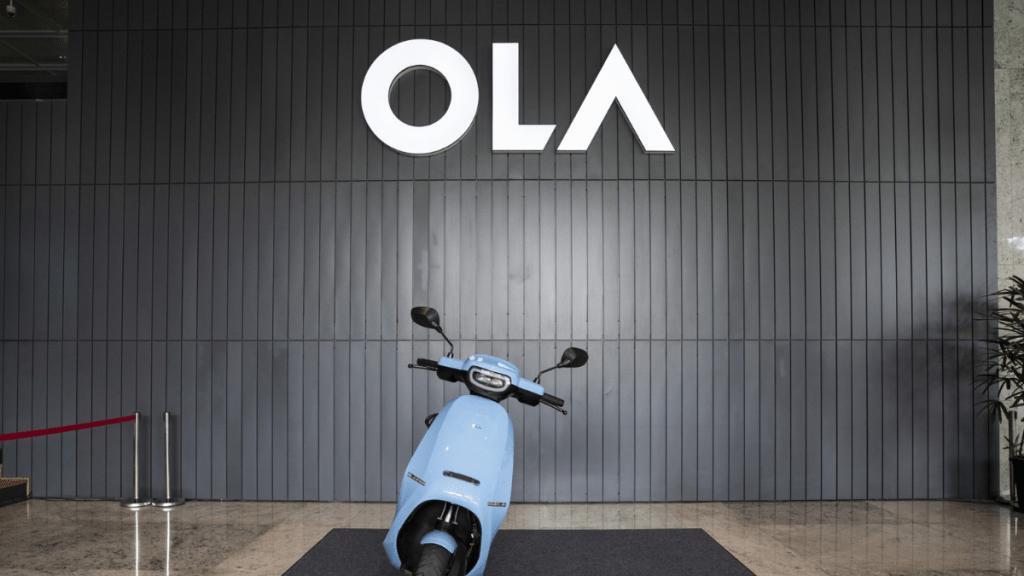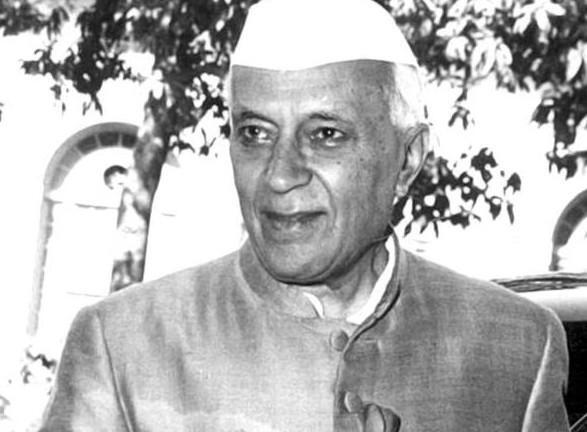
Ola Delays Cell Integration Plan Amid Push for Cost Optimisation
In a move aimed at stabilising its electric vehicle (EV) production and improving commercial yields, Ola Electric has postponed its plan to integrate indigenously developed battery cells into its vehicles by “a few months”. The development comes as the company is looking to streamline its operations and reduce costs.
According to a report by Moneycontrol, Ola Electric’s CEO Bhavish Aggarwal revealed that the company wants to stabilise its Roadster and Gen 3 platform in the market and improve commercial production yields from 60% to 80%. The decision to delay the cell integration plan is part of the company’s efforts to achieve this goal.
Ola Electric’s revenue has taken a hit in recent times, with the company reporting a 62% year-on-year (YoY) decline in revenue to ₹611 crore in the quarter ended March 31, 2023 (FY25 Q4). This decline is attributed to various factors, including the ongoing global economic downturn, increased competition in the EV space, and the company’s efforts to reduce its reliance on third-party suppliers.
In a bid to turn things around, Ola Electric is focusing on improving its operational efficiency and reducing costs. The company has been investing heavily in its in-house manufacturing capabilities, including the development of indigenously produced battery cells. However, the delay in the cell integration plan suggests that the company is prioritising short-term goals over long-term plans.
Why the Delay?
So, why is Ola Electric delaying its cell integration plan? According to Aggarwal, the company wants to ensure that its production processes are streamlined and efficient before introducing new technology. “We have a certain level of production capacity, and we want to stabilise our production yields before we integrate new cells,” he said in an interview.
The delay is also seen as a strategic move to focus on the company’s existing products, including the Roadster and Gen 3 platform. Ola Electric has been facing challenges in meeting demand for its flagship product, the Ola S1 Pro, which has been a huge success in the Indian market. By delaying the cell integration plan, the company can focus on increasing production yields and meeting customer demand.
Impact on the EV Market
The delay in Ola Electric’s cell integration plan is likely to have a ripple effect on the Indian EV market. With the company’s focus shifting towards cost optimisation and operational efficiency, it may lead to a reduction in the company’s investments in research and development (R&D).
This could impact the development of new EV models and technologies, which are crucial for the growth of the Indian EV market. However, Ola Electric’s emphasis on cost optimisation and operational efficiency could lead to increased competition in the market, as other players may follow suit.
Conclusion
Ola Electric’s decision to delay its cell integration plan is a strategic move aimed at improving its operational efficiency and reducing costs. While the delay may impact the company’s long-term plans, it is a necessary step to stabilise its production processes and meet customer demand.
As the company continues to navigate the challenges in the Indian EV market, it will be interesting to see how its focus on cost optimisation and operational efficiency plays out. Will Ola Electric be able to turn things around and regain its position as a leader in the Indian EV market? Only time will tell.
Source






